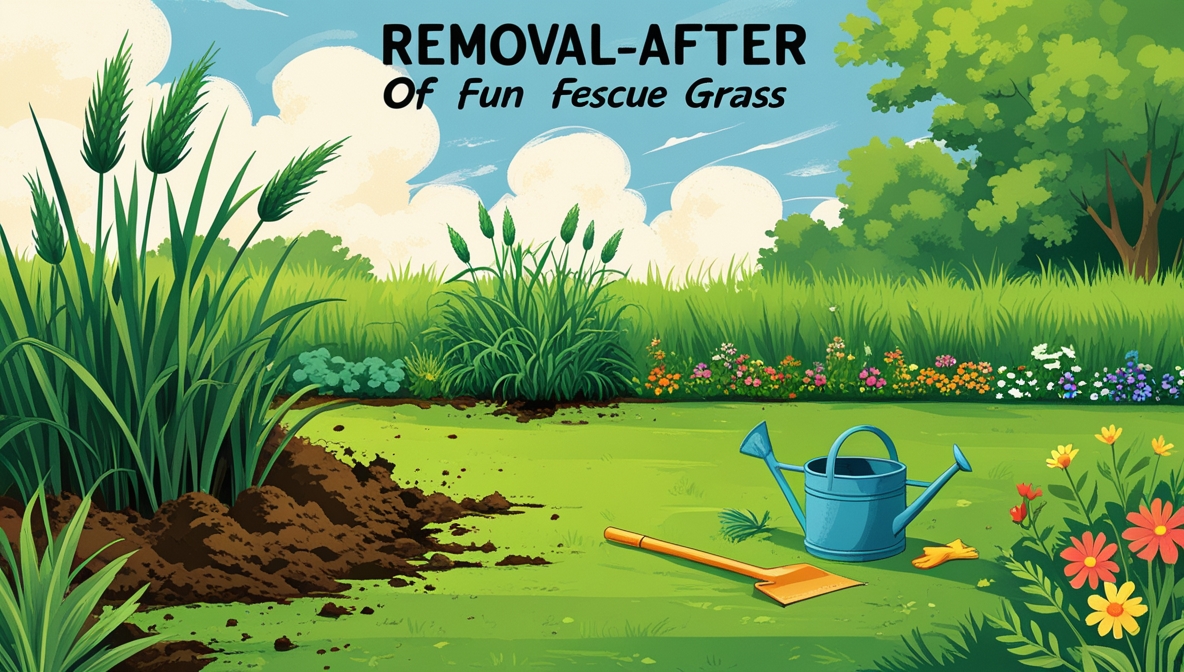Tired of that rough, unyielding fescue patch dominating your lawn? You’re not alone! Fescue, a common grass type, can be a real pain, especially if you’re aiming for a lush, green lawn. This guide will walk you through identifying, understanding, and ultimately conquering your fescue problem.
Fescue Frustration?
Fescue grass, while hardy and often drought-tolerant, can be a persistent problem for homeowners. It often grows densely, making it challenging to establish desirable alternatives. Replacing fescue with something more appealing, like a zoysia or Bermuda grass, requires a strategic approach. The key is to understand what you’re up against, and then develop a plan of action. Don’t get discouraged, fescue is beatable!
Fescue’s stubborn nature often leads to frustration. It can seem like a never-ending battle, especially if you’re not armed with the right information. But fear not! This article will provide actionable steps to help you overcome the challenge and achieve the lawn of your dreams.
Spotting the Fescue Foe
Recognizing fescue is the first step to conquering it. Look for a slightly rough texture to the grass blade. It’s often a darker green, but can also appear bluish-green, depending on the variety. Pay attention to the overall density of the grass. A thick, dense patch is a strong indication of fescue. Knowing what you’re dealing with gives you the power to create a solution.
Different types of fescue exist, each with slightly varying characteristics. Some types are more aggressive than others. Knowing the specific type you’re facing can help you determine the most effective removal strategy. Consider taking a close-up look at the blades and their shape, as well as how densely they grow, to identify your opponent better.
Fescue’s Fatal Flaws
Fescue’s dense growth habit, while beneficial in certain situations, can be a major drawback. It often crowds out other plants, making it difficult for desirable grass types to establish themselves. Furthermore, this dense growth can make it hard to maintain a healthy lawn, as it can hinder proper watering and fertilization.
Fescue’s deep root system can also make eradication a challenge. It’s not just about the blades you see, but the extensive network beneath. This extensive root system makes traditional lawn treatments less effective. This is why a comprehensive strategy is crucial to success.
Fescue’s Final Farewell
Once you’ve identified the fescue and understood its challenges, you can begin the process of removal. A crucial first step involves aeration and overseeding with desired grass types. This helps create a hospitable environment for the new grass and weaken the existing fescue roots. Be patient, consistent effort is key.
Regular, appropriate watering and fertilization, tailored to the new grass, are vital to its successful establishment. Don’t get discouraged if you don’t see immediate results. It takes time for the new grass to take hold. Remember, consistency is key to vanquishing your fescue foe.
Getting rid of fescue grass is a process, not a sprint. By understanding its characteristics, employing the right techniques, and remaining persistent, you can reclaim your lawn and achieve the lush, healthy grass you desire. So, arm yourself with knowledge, and get ready to say goodbye to fescue frustration!






